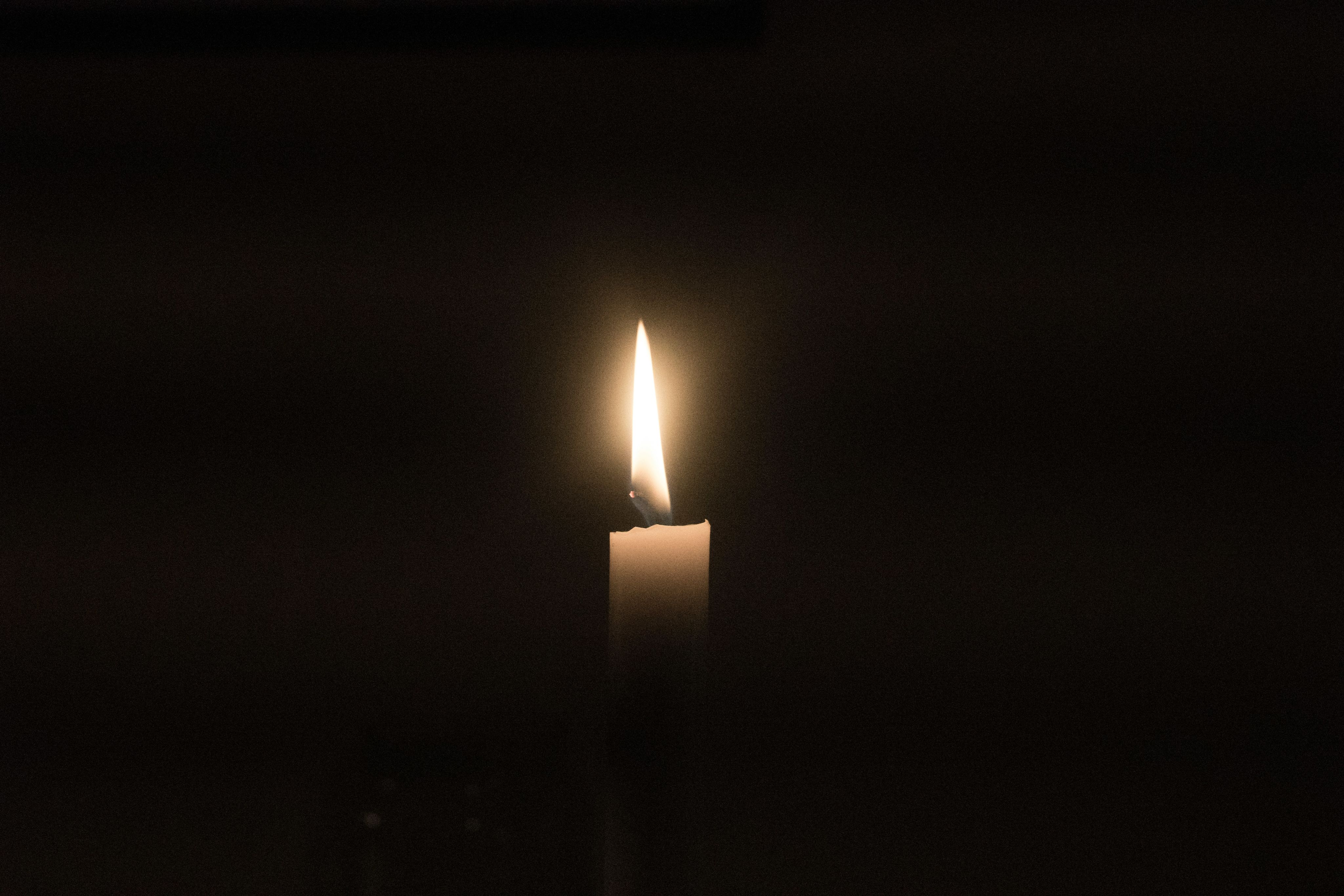What Ancient Burials Can Teach Us About Grief: New Study Links Prehistoric Thai Cemetery to Today’s Perinatal Loss Conversations

A new study from Dr Sarah Paris, University of Cambridge, in the Cambridge Archaeological Journal, bridges thousands of years of human experience - connecting Neolithic burial practices in Thailand with today's conversations around perinatal loss and public grief.
Burial 55, a perinate burial, in a shallow scoop grave, with no evidence for any associated artefacts nor the use of red ochre | Image: Sarah Paris
Burial 55, a perinate burial, in a shallow scoop grave, with no evidence for any associated artefacts nor the use of red ochre | Image: Sarah Paris
Burial 125, a perinate burial wrapped in tapa fabric, with two shell-disc beads and a pottery vessel. The body was placed in a rectangular grave and covered in red ochre. | Image: Sarah Paris
Burial 125, a perinate burial wrapped in tapa fabric, with two shell-disc beads and a pottery vessel. The body was placed in a rectangular grave and covered in red ochre. | Image: Sarah Paris
At the heart of the research is the ancient cemetery of Khok Phanom Di, where red ochre pigment—long used in symbolic rituals—was applied to most burials. But a key exception emerged: infants who died around the time of birth. While many were buried with ochre and grave goods, around 39% were not. These "non-ochred" burials, often in shallower, simpler graves, suggest a distinction in how the community viewed the identity of the youngest lost lives.
And yet, they were still buried in the same sacred ground.
“This isn't just about pigment,” Dr Paris explains. “It's about what makes someone ‘someone’ in a society—about belonging, memory, and how we honour the lives that end too soon.”
The findings couldn’t be more timely. In recent years, high-profile stories of perinatal loss have captured global attention, helping dismantle long-held taboos.
In 2020, Chrissy Teigen and John Legend shared heartbreakingly raw photos and reflections after the miscarriage of their son Jack. Two years later, international football star Cristiano Ronaldo announced that he and partner Georgina Rodríguez had lost their newborn son, one of twins. While the post didn't clarify whether their son was stillborn or died shortly after birth, the message was clear: profound, unfiltered grief.
What happened next was unprecedented. In a match between Ronaldo’s Manchester United and rivals Liverpool, tens of thousands of fans at Anfield Stadium stood to applaud in the 7th minute, a tribute to Ronaldo’s shirt number. Liverpool supporters, known for their fierce loyalty, joined in singing “You’ll Never Walk Alone.” Rivalry faded. Humanity took centre stage.
“This moment, in a male-dominated space, brought visibility to paternal grief in a way we rarely see,” says Dr Paris. “It reminds us that grief isn’t just gendered or private—it can be collective, powerful, and deeply unifying.”
Image credit: AP
Image credit: AP
Back at Khok Phanom Di, red ochre may have marked individuals believed to have "lived," perhaps even just for a few days. Those without pigment were younger—possibly stillborn. But by being included in the community cemetery, their presence was still acknowledged, if not fully personalised.
Just as Ronaldo’s child was embraced by tens of thousands, the ancient Thai community made space—however limited—for their youngest and most vulnerable.
“This study isn’t just about the past,” Dr Paris says. “It’s a call to see the silent spaces of history and grief, and to understand that across time and place, we’ve always been trying to make sense of identity and belonging.”
This work was undertaken as part of Dr Paris's PhD (University of Cambridge), research was supported by the Department of Archaeology (student fieldwork fund) and St Catharine’s College. The work was supervised by Professor Robert Foley with the support of Professor Charles Higham and Dr Rachanie Thosarat (University of Otago).
Dr Sarah Paris is currently a Research Associate with the Ng’ipalajem ERC project, PI Professor Marta Mirazón Lahr.
If you have been affected by the subject of this news item, there are details for two charities who can offer support below.
The Sands National Helpline provides a safe, confidential place for anyone who has been affected by the death of a baby.
Sands Helpline - 0808 164 3332 helpline@sands.org.uk
Please send an email to mailbox@tommys.org and your enquiry will be passed on to the relevant team.

Published 9 June 2025
The text in this work is licensed under a Creative Commons Attribution 4.0 International License






